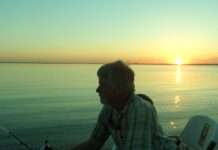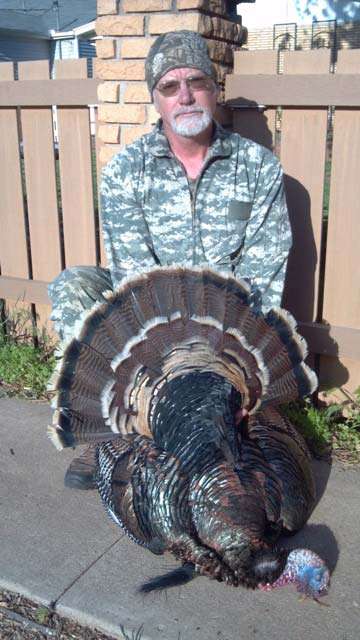Unless you have spent the last decade or so confined to the top floor of Trump Towers, you have probably heard something of the group named Pheasants Forever. But did you know there is also an organization called Quail Forever? Quail Forever (QF) exists as a division of Pheasants Forever (PF) but is still an organization of its own. Sort of like whipped cream and pumpkin pie; you can use them separately, but why would you want to?
In 2005 Quail Forever was formed in response to passionate quail hunters and conservationists in areas where there were few pheasants but many quail. Its mission statement became “QF is dedicated to the conservation of quail, pheasants and other wildlife through habitat improvements, public awareness, education and land management policies & programs.”At that time the organization Quail Unlimited still existed but was plagued by financial troubles and closed its doors in 2013 leaving Quail Forever (and Pheasants Forever) as the only and largest non-profit nationwide organization dedicated to upland bird conservation and habitat preservation.
I spoke with Marc Glades, Regional Representative and Eastern Kansas Regional Representative for Quail Forever and asked him what makes both PF and QF so successful. Marc told me “The success of these two organizations is unquestionably because of the Local Business Model used by both and because of the scores of dedicated volunteers that run them.” Again, unless you just recently moved here from Uzbekistan or one of the other “stan” countries, you should be familiar with the ever-popular fund-raising banquets held by individual chapters of Pheasants and Quail Forever each spring. As an organization, Quail Forever’s priorities are getting youth off the couch and into the outdoors, and quail habitat creation & conservation. The Local Business Model that Marc mentioned allows each local chapter to decide entirely how 100% of the funds raised at their banquet are used as long as the projects are youth and habitat oriented.
Marc also pointed out to me the other aspect of the Local Business Model that assures all money raised by each chapter is literally used locally. Marc told me “After all, the wild pheasants and quail harvested by local hunters and local youth also hatch and grow up locally, some probably just outside of town.”
The first ever Quail Forever chapter began in Missouri, the first chapter in Kansas was in Hiawatha; Kansas now has 10 Quail Forever chapters and 36 Pheasants Forever chapters across the state, totaling over 7000 members. Those PF and QF chapters have spent more than 5.2 million to complete 9,379 habitat projects, improving over 270,000 acres for upland birds and other wildlife. Check out their website, www.quailforever.org to find the chapter nearest you.
The 2016 Upland Bird forecast is posted on the KS Wildlife, Parks and Tourism website, www.ksoutdoors.com. Click on “Hunting,” then click on “Reports and Forecasts,” then click “view Upland Bird Forecast” in the middle of the screen. Overall statewide, both quail and pheasant populations appear to have increased. Ample spring rains improved pheasant nesting conditions dramatically, and even though this year’s brood count survey was lower, thicker vegetation because of the rains made it difficult to detect birds so many probably escaped the count. Ironically the same drought that hurt pheasant habitat helped increase quail habitat as weedy brushy species that quail desire continued to grow resulting in increased quail populations now for three years running. This year’s roadside survey showed a statewide quail population increase of over 40%. So whether you take pleasure in seeing pheasants and quail in the grass, or whether your pleasure is pheasant and quail under glass, this report is good news to all, and is a testament to the hard work of those 7000 Quail Forever and Pheasant Forever volunteers. Continue to Explore Kansas Outdoors.
Steve can be contacted by email at [email protected].



